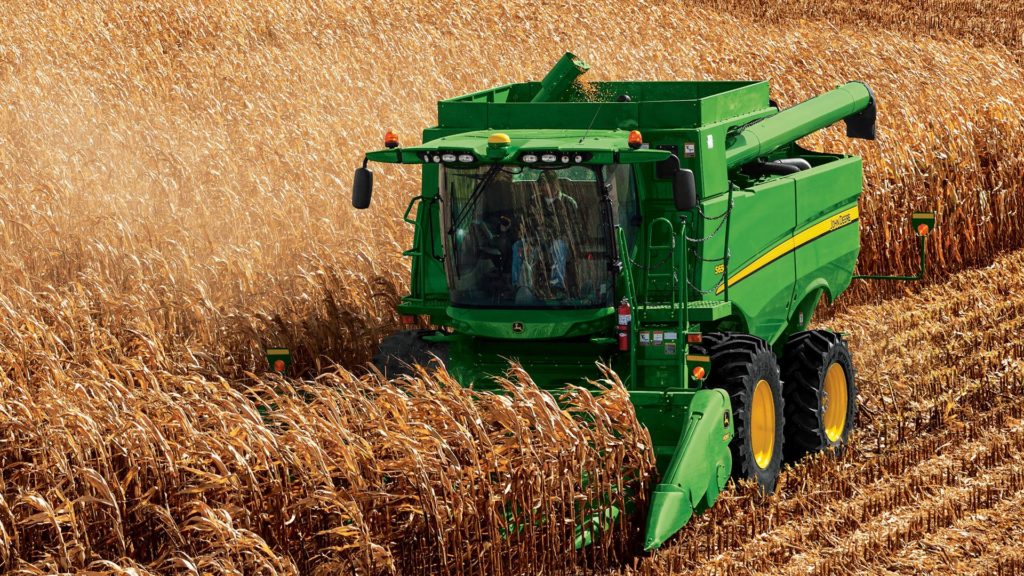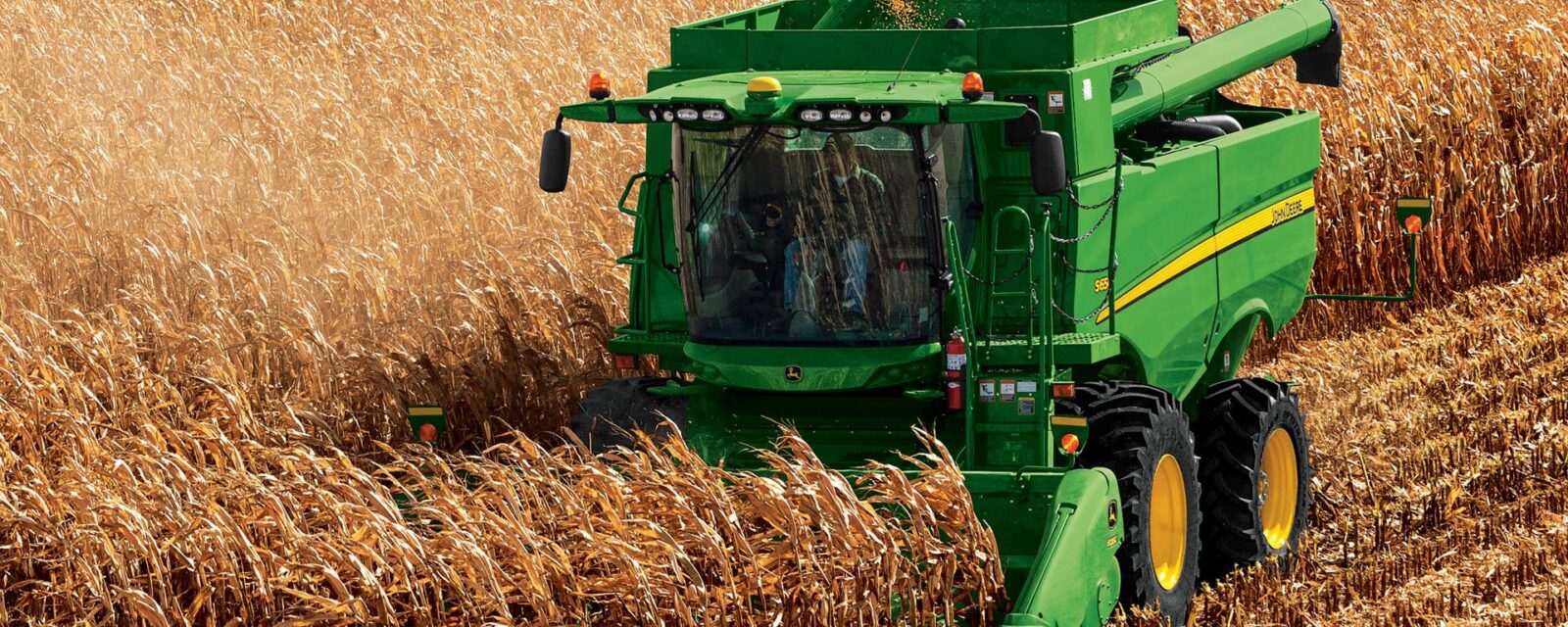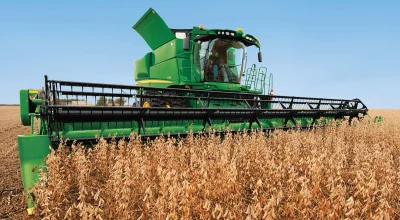Grain storage is a crucial way for farmers to overcome market fluctuations and ensure a steady profit stream. However, improper storage can leave farmers high and dry, compromising grain quality and leading to financial losses. By understanding the best grain storage ideas, common challenges, and tried-and-true best practices, farmers can ensure the longevity of their stored grains and maximize profits.

What is the Importance of Grain Storage?
Grain storage is more than just a space to keep harvested crops; it’s a critical risk-management tool, buffering against unpredictable weather conditions and market fluctuations. It serves as a cushion between production and consumption, ensuring farmers have a steady stream of income throughout the year.
By implementing proper storage methods, farmers can store their harvest until market demand and prices are favorable. For example, a farmer might stash away grain during harvest season, when prices are lowest, and instead sell when demand increases and prices rise later in the year. And if adverse weather conditions strike and threaten crop yields, stored grains act as a valuable reserve, bridging the gap between harvests and guaranteeing a stable income.
What are the Common Challenges in Grain Storage?
To effectively protect stored grains, it’s important to understand the biggest risks that could arise during the storage process. If left unaddressed, these challenges could impact grain quality, potentially making crops unsellable. The top risks include:
Moisture Control
Moisture is one of the most critical factors affecting grain quality during storage. Microorganisms thrive in high moisture levels and their presence can lead to mold growth, grain spoilage, and mycotoxin contamination. On the other hand, low moisture levels can also compromise quality, resulting in cracked grains that are more susceptible to damage during handling and transportation. Finding the right moisture balance is essential for farmers.
Temperature Management
Proper temperature management is vital to prevent insect infestations and fungal growth. Fluctuating temperatures can create condensation and increase moisture levels, which in turn accelerate spoilage and microorganism growth. Insects and rodents are also attracted to warm temperatures, so keeping the storage environment cool can help deter these pests.
Pest Infestation
Common pests like insects and rodents can infest stored grains, causing substantial losses. They can damage the grains, contaminate them with waste, and spread diseases. Once an infestation takes hold, eliminating it can be a time-consuming and expensive effort — so preventing pests from accessing your grain storage in the first place is paramount.
Grain Spoilage and Deterioration
Over time, grains can deteriorate due to biological and chemical processes, reducing their nutritional value and overall quality. Proper storage practices are necessary to slow down this deterioration process and to ensure that the oldest grains are used first.
Molds and Mycotoxins
Molds and mycotoxins can develop in grains when stored in conditions with high moisture and temperature. These substances are harmful and, in some cases, even poisonous to humans and animals and can make entire grain batches inedible. Maintaining a dry, cool storage space discourages mold growth and greatly reduces the chances of spoilage.
Storage Space Considerations
Aside from environmental and biological factors, limited storage space can become a challenge, especially during bumper harvests. Farmers must efficiently utilize their available storage capacity to avoid the need for makeshift storage solutions, which are suboptimal for grain preservation.
What are the Best Practices to Overcome Challenges in Grain Storage?
With a clear understanding of the most common grain storage challenges, farmers can take proactive steps to protect their grains. These measures are crucial to ensuring the longevity and safety of their crops, and ultimately safeguard their future income. Some solutions include:
Use Moisture Meters and Sensors
Moisture meters and sensors provide real-time data on moisture levels, allowing farmers to adjust ventilation and aeration as needed. For long-term storage (one year or more) the recommended moisture values are 12% for corn, 11% for soybeans, and 12% for wheat. John Deere offers a range of solutions to help farmers better understand the quality of their harvests, including moisture levels. For example, the HarvestLab 3000 employs a near-infrared sensor to measure the moisture, protein, and other characteristics of the grain.
Implement Ventilation Systems
Proper ventilation is crucial to prevent temperature and moisture imbalances. Traditionally, farmers have used uncontrolled ventilation methods like air ducts that naturally allow for some airflow. However, this method lacks precision and may not address the specific needs of the stored grain. To ensure better control, farmers are now turning to controlled ventilation systems. In controlled ventilation, the fan operation is automatically regulated based on temperature and humidity measurements within the grain mass, helping to minimize the risk of spoilage and mold growth. Common temperature targets for storage facilities range from 40°F to 50°F.
Pest Management Techniques
The best way to prevent pests in grain storage is to keep them out in the first place. Farmers should follow proactive pest management practices and maintain a strict focus on sanitation and cleanliness. This includes tightly sealing entry points, installing screening and mesh on ventilation openings, proactively placing and monitoring traps, and conducting regular inspections. In addition, following general best practices such as maintaining cool temperatures, ensuring staff wears proper personal protective equipment, and practicing grain rotation will also reduce the chances of pest infestation.
Regular Monitoring and Quality Assessments
When storing grain for the long term, it’s important to detect and prevent quality issues early. Farmers should schedule regular quality assessments with methods including visual inspections, odor detection, moisture testing, temperature monitoring, infrared technology scans, and carbon dioxide (CO2) monitoring. Any fluctuations should prompt grain sampling and laboratory testing which can identify the presence of contaminants.
Regular Equipment Cleaning
Regular equipment cleaning is essential to prevent cross-contamination. In addition to using the proper cleaning agents and tools, farmers should establish a cleaning schedule, train staff on proper procedures and necessary personal hygiene measures, and maintain records of equipment cleaning activities. By taking these measures, farmers can ensure that their equipment remains in optimal condition and free from contaminants.
Build More Bins or Find Alternative Storage Solutions
To address storage space limitations, farmers have several viable options. Some grain storage ideas include building additional permanent grain bins or using temporary farm grain storage solutions such as grain bags or tarps. It’s important to note that temporary storage facilities are just that — temporary. Since they are more susceptible to quality control issues, farmers should consider them only as a short-term solution. If expanding storage on-site isn’t an option, farmers can also explore off-site storage solutions like commercial or public grain elevators or storage space leased from neighboring farms or agricultural cooperatives.

Manage Your Grain Storage Effectively with John Deere Equipment
John Deere offers a range of equipment and solutions designed to enhance grain storage and grain management. From moisture meters and sensors to advanced ventilation systems, John Deere provides farmers with the tools they need to improve grain quality, reduce grain losses, and ensure profitability. To find your nearest dealer, contact your local John Deere dealer.
If you enjoyed this post or want to read others, feel free to connect with us on Facebook, Pinterest, Twitter, or Instagram!



